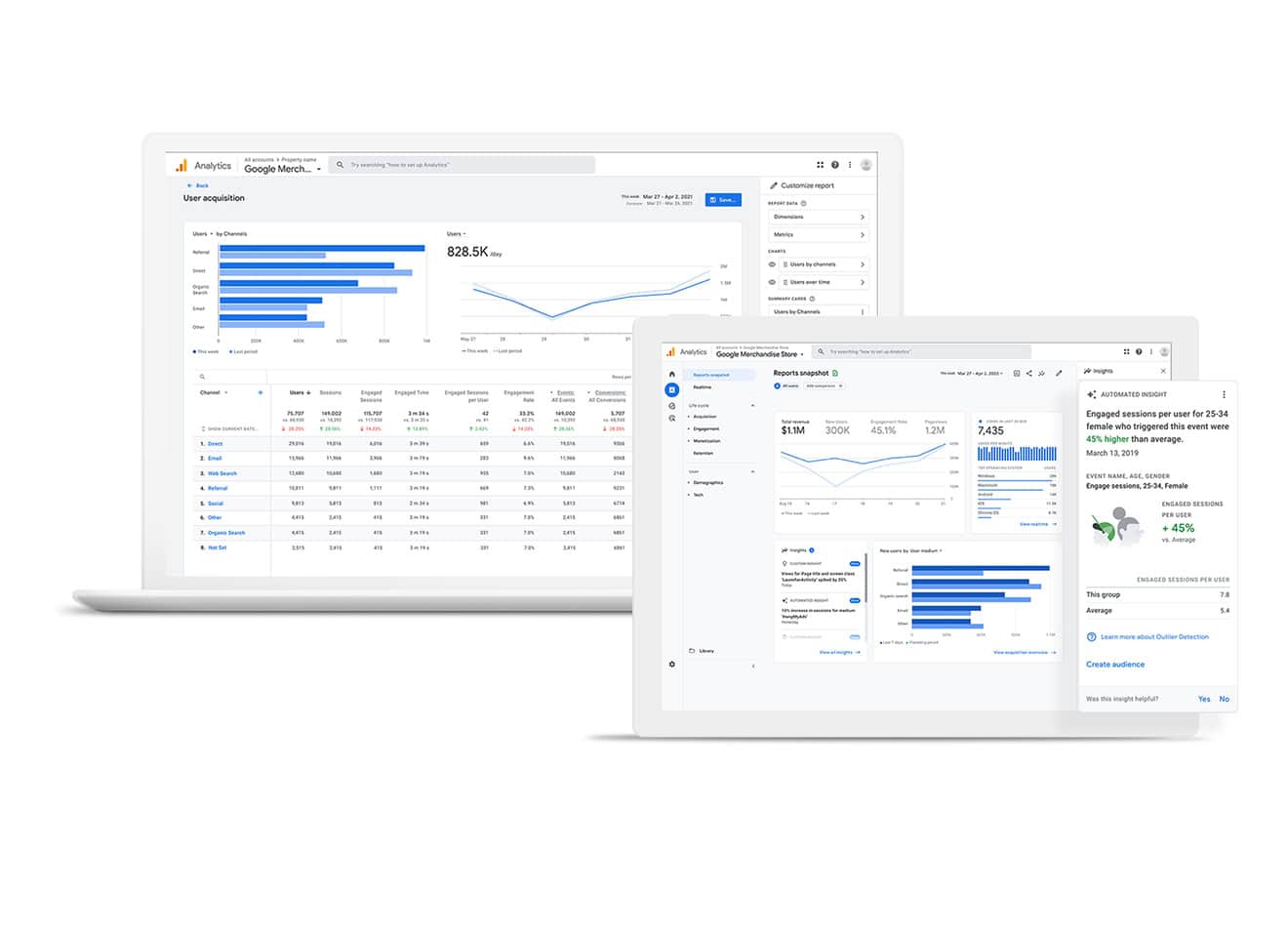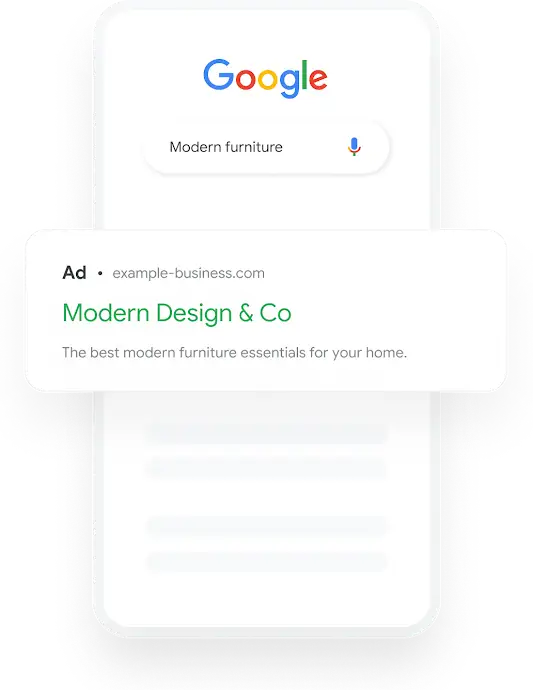Mastering Google Ads: An All-Inclusive Guide to Increasing Your Campaigns In the constantly changing world of digital marketing, Google Ads is a potent instrument for companies trying to improve their online visibility and increase conversions. However, a number of important factors determine how successful your Google Ads campaigns are. Understanding your target audience and tracking ad performance are just two of the crucial tactics covered in this article that can improve your advertising efforts. Understanding your target audience in-depth is the first step towards developing effective Google Ads campaigns.
Key Takeaways
- Understand your target audience’s demographics, interests, and pain points to tailor your ad messaging effectively.
- Craft ad copy that speaks directly to your audience’s needs and desires, using persuasive language and a clear value proposition.
- Utilize eye-catching visuals that are relevant to your target audience and align with your brand’s aesthetic to capture attention.
- Implement a strong call to action that prompts immediate action and creates a sense of urgency for your audience.
- A/B test different ad elements such as copy, visuals, and CTAs to identify the most effective combinations for optimal results.
Developing advertisements that connect with your target audience requires an understanding of your target audience’s demographics, needs, & online behavior. Create thorough buyer personas first, including demographic data, hobbies, problems, & online habits. This information will assist you in efficiently customizing your targeting and messaging tactics.
Also, using tools like Google Ads Audience Insights and Google Analytics can yield useful data about the habits and preferences of your audience. Finding trends and patterns in this data will help you guide your advertising strategy. You may adjust your ad copy and targeting to better suit your audience’s interests, for example, if you find that a sizable section of them is looking for particular product-related keywords.
Recognizing Your Viewers. The following step is to create attention-grabbing ad copy after you have a firm grasp of your target market. Your ad copy should highlight the special features of your product or service in a clear & compelling manner.
| Ad Type | Conversion Rate | Click-Through Rate | Return on Investment (ROI) |
|---|---|---|---|
| Facebook Ads | 12% | 3% | 320% |
| Google Ads | 8% | 2.5% | 250% |
| Instagram Ads | 10% | 2.8% | 280% |
Interacting with prospective clients.
Engage potential customers with powerful action verbs & emotional triggers to entice them to click on your advertisement.
This will increase conversions & help you stand out from the competition. Search Engine Optimization. Improving your ad’s visibility in search results also requires that your ad copy contain pertinent keywords. But refrain from stuffing your sentences with keywords; instead, concentrate on making them flow naturally.
To increase credibility and draw attention, think about including numbers or statistics in your writing. Adding urgency and credibility.
“Join over 10,000 satisfied customers” is one example of a phrase that can instill urgency and trust. You may boost your advertisements’ efficacy and boost sales by implementing these tactics into your copy. The success of your Google Ads campaigns is greatly influenced by visual components. Vibrant images can improve the appeal of your advertisement and help it stand out in a crowded market.
When using graphics, videos, or images, make sure they are of a high caliber and pertinent to your point. The feelings you wish to arouse in your audience should be taken into account when choosing images. For example, softer tones may evoke trust & tranquility, while bright colors can convey excitement & energy.
To keep your images effective across platforms, make sure they are also adjusted for various screen sizes & devices. Recall that click-through rates and conversions can be considerably raised by a well-designed advertisement. An effective call to action (CTA) is an essential part of any Google Ads campaign.
Whether you want them to visit your website, subscribe to your newsletter, or make a purchase, your call to action (CTA) should make it obvious what they should do next. Use phrases like “Shop Now,” “Get Started Today,” or “Limited Time Offer” that are action-oriented and convey a sense of urgency. Incorporating your call to action (CTA) into your ad copy or visual components is also crucial. This makes sure the viewer’s attention is captured and motivates them to act right away. Try out a variety of CTAs to determine which ones your audience responds to the most.
Finding out which CTAs generate the highest levels of engagement and conversion rates can be accomplished through A/B testing. One of the most useful techniques for improving your Google Ads campaigns is A/B testing. You may find out which aspects of an advertisement—such as different headlines, images, or calls to action—perform better with your audience by contrasting two versions of the same advertisement. With this data-driven approach, you can decide on your advertising strategy with knowledge.
One variable at a time must be tested during A/B testing in order to precisely determine how it affects performance. Keep all other aspects of the advertisement the same, for instance, if you’re testing two different headlines. Track important metrics to assess each version’s efficacy, including cost per acquisition (CPA), conversion rates, & click-through rates (CTR).
These insights will assist you in improving your advertisements over time for optimal effect. Including testimonials and social proof in your Google Ads can greatly increase their legitimacy and dependability. Consumers are more likely to interact with brands that have received good feedback or recommendations from happy customers.
Using client testimonials to build trust. To highlight the benefits of your product or service, think about including brief excerpts of client reviews or ratings in your advertising copy. taking advantage of user-generated content.
Further enhancing authenticity can be achieved by utilizing user-generated content, such as images or videos taken by actual customers. Along with offering social proof, this kind of content also motivates audience participation. Using social proof to increase conversions. When prospective clients witness other people using your product or service, they are more likely to feel secure enough to click on your advertisement & buy it.
Optimizing your Google Ads for desktop and mobile users is crucial in today’s digital environment if you want to reach a wider audience. As more and more customers shop and browse online on mobile devices, making sure your advertisements are responsive can have a big impact on how effective they are. When making mobile advertisements, put clarity and simplicity first.
Due to their frequently short attention spans, mobile users must receive your message in a timely & efficient manner. Make use of succinct headlines and lucid images that are simple to see on small screens. Also, to guarantee a smooth user experience from ad click to conversion, make sure landing pages are mobile-friendly. Constantly tracking and evaluating ad performance is the last phase in becoming an expert with Google Ads. You can assess the success of your campaigns by routinely examining important metrics like return on ad spend (ROAS), conversion rates, & click-through rates (CTR).
Make use of Google Ads’ integrated reporting features to monitor performance over time and pinpoint areas in need of development. Also, don’t be afraid to make changes in light of the information you gather. Think about reexamining the targeting tactics, images, or copy of any advertisements that aren’t performing well. Staying flexible and attentive to performance data will guarantee that your campaigns continue to be successful in reaching your corporate objectives in the ever-changing world of digital marketing.
In conclusion, mastering Google Ads necessitates a multifaceted strategy that includes knowing your target audience, creating compelling ad copy, using attention-grabbing images, putting strong calls to action into place, running A/B tests, utilizing social proof, optimizing for different devices, and regularly tracking performance. These tactics can help you increase the efficacy of your campaigns & produce significant business outcomes. For more professional advice on digital marketing and authority marketing, visit googleadauthority.com. Are you prepared to take your Google Ads campaigns to the next level?
Begin putting these strategies into practice right now and see how your online presence expands!
If you are interested in learning more about digital marketing agencies for small businesses, check out this article on the best digital marketing agency for small businesses in Cleveland, Ohio. This article provides valuable insights into how small businesses can benefit from working with a digital marketing agency to improve their online presence and reach more customers.
FAQs
What are ads that sell?
Ads that sell are advertisements that are designed to persuade and convince consumers to purchase a product or service. These ads are focused on driving sales and generating revenue for the advertiser.
What are the key elements of ads that sell?
Key elements of ads that sell include a strong and compelling headline, clear and concise messaging, a call to action, and a focus on the benefits of the product or service. These elements are designed to capture the attention of the audience and motivate them to make a purchase.
What are some effective strategies for creating ads that sell?
Effective strategies for creating ads that sell include understanding the target audience, highlighting the unique selling points of the product or service, using persuasive language and imagery, and testing different ad formats and messaging to see what resonates with consumers.
How do ads that sell impact consumer behavior?
Ads that sell can impact consumer behavior by creating awareness of a product or service, influencing perceptions of the brand, and ultimately driving purchase decisions. These ads are designed to create a sense of urgency and desire for the product or service being advertised.
What are some examples of successful ads that sell?
Examples of successful ads that sell include those that have a strong emotional appeal, a memorable and catchy slogan, and a clear demonstration of the product or service’s benefits. Ads that evoke a strong emotional response or tap into a consumer’s aspirations and desires are often the most effective in driving sales.










